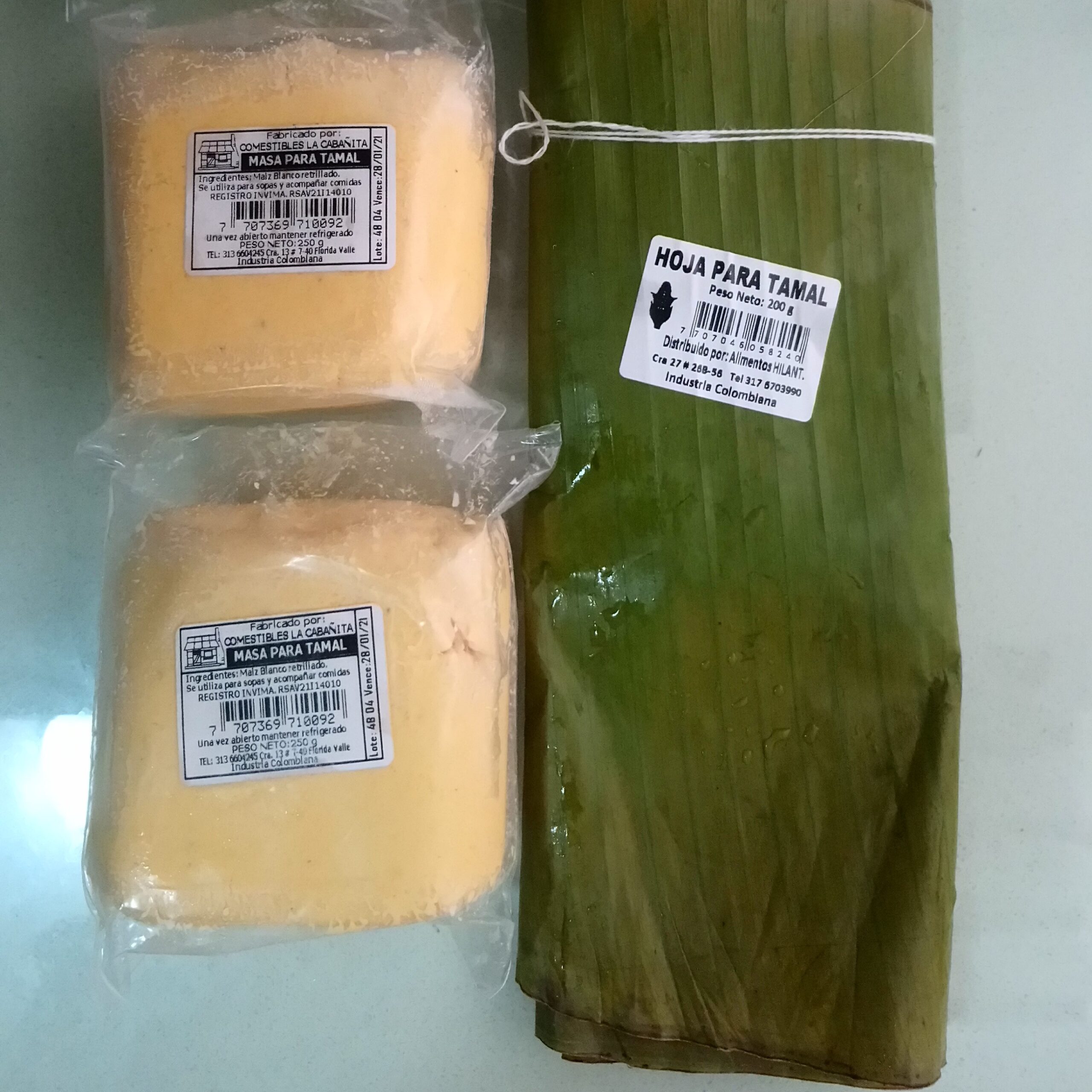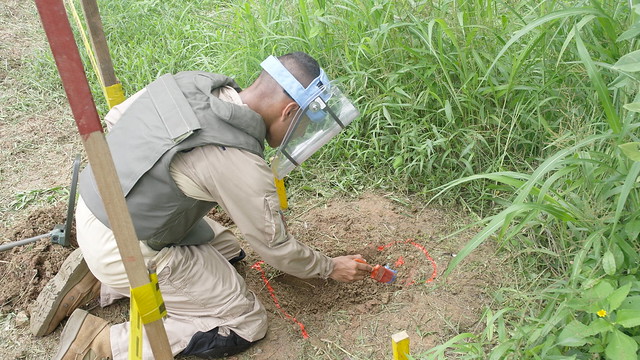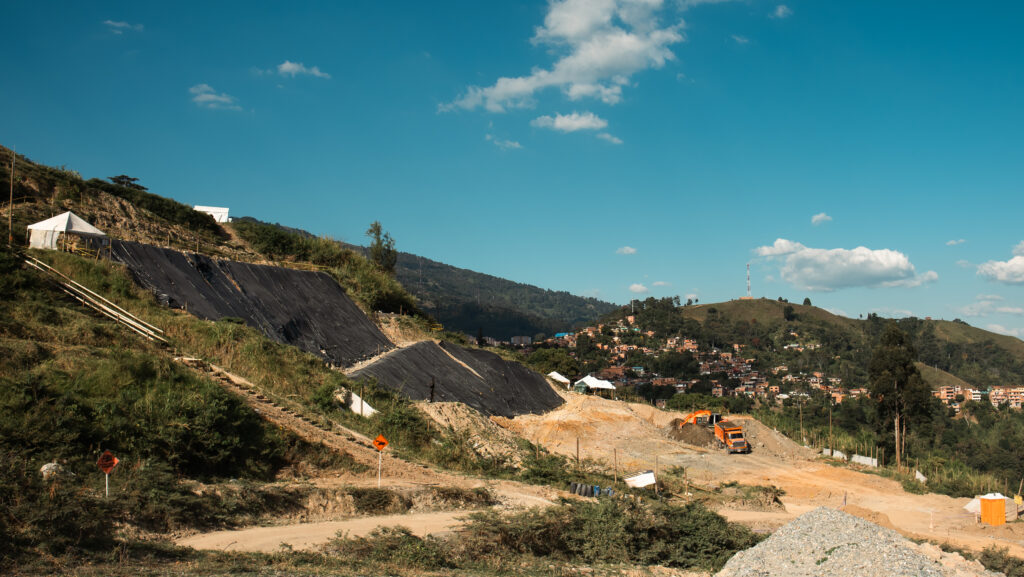Cali, Colombia – For thousands of years, flour ground from corn has been a great benefit to the nutrition and culture of the people of Valle del Cauca, in southwestern Colombia – but now this heritage is in jeopardy.
Corn provides 9% of the daily supply of calories in the Colombian diet, through the consumption of foods such as arepas, empanadas, tamales, mazamorra and the typical Cali drink known as champús; each Colombian, on average, consumes 30 kg of corn per year, according to a 2019 report.
Mauricio Quintero, leader of the Sustainable Socio-Ecological Systems Research Group and full professor of the Engineering Faculty and the Regional Headquarters of Palmira at the Universidad del Valle (Univalle) explained that although empanadas and tamales are purchased in more than 40%t of Colombian households, there is not much research on their nutritional values and cultural meanings.
“There are few studies in the literature that evaluate the on micronutrient content effect of traditional methods of preparing empanadas and tamales from corn dough,” Professor Quintero said.
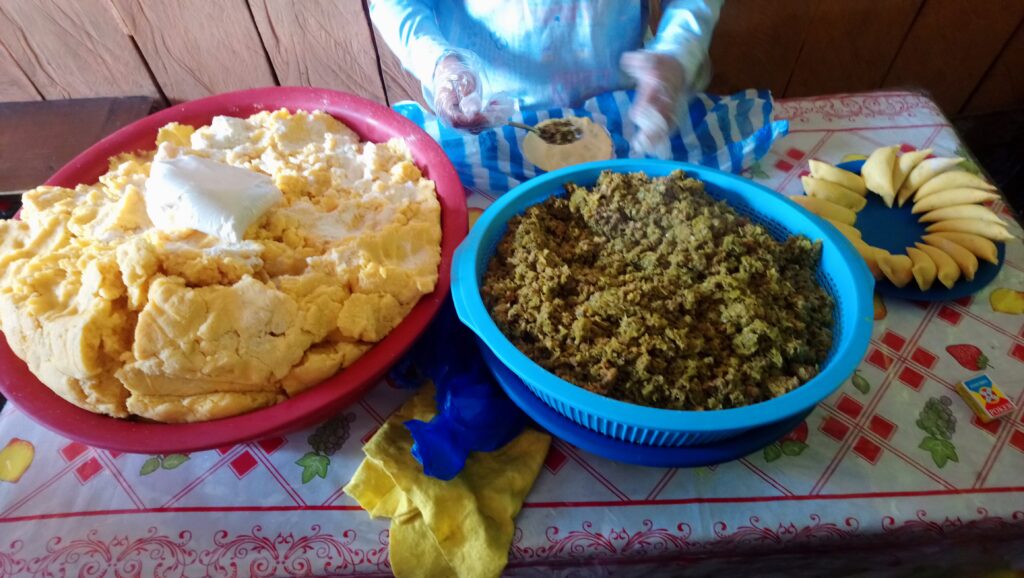
Photo: Corn dough and ground meat, to prepare empanadas. Credit: Mauricio Quintero
Nutritional value
In the scientific paper called “Traditional Colombian cuisine corn dough: Characterization and evaluation of the effect of heat treatment on selected water-soluble vitamins and minerals” published in March 2023, Univalle researchers tested the nutritional value of a commercial corn flour dough to observe nutrient levels in the original dough; cooked dough (such as tamales); and/or fried dough (such as empanadas).
The results showed that in all forms, they are a source of protein, carbohydrates and dietary fiber. In addition, the two preparations increase minerals such as calcium, iron and zinc; and retain useful amounts of vitamins such as pyridoxine, thiamine and niacin.
“It’s an interesting result, because we usually don’t think of traditional foods as sources of nutrients, but in the case of corn masa, the nutrients are preserved and make a nutritional contribution,” Professor Quintero said, adding that this is important in Colombia, where there is still high levels of malnutrition.
Jader Martínez Girón, an auxiliary professor in Univalle’s Food Processing Technology Program and co-author of the paper, explained that these foods are important because they are consumed at parties and special moments in the family.
“As caleños [people from Cali, Colombia], we love to eat empanadas but we think about the taste, not the nutritional benefits-even though it’s fried, there are vitamins and minerals,” Professor Martinez said.

Cultural meaning
The earliest traces of maize cultivation in South America are found in Valle del Cauca, Colombia (at least 3,000 years before the common era).
In another paper, “Food fears and risk of loss of food heritage: A little-explored effect of food modernity and times of pandemic,” researchers from the Palmira campus studied how changes in work and dietary lifestyles; loss of oral traditions; and a decline in traditional crops have contributed to an existential threat to this gastronomic heritage.
Professor Quintero explained that techniques and ingredients are in danger because today many people prefer to buy ready-made ingredients or meals. Also fewer people want to continue traditions that are time intensive.
Historian Diana Mendoza Salazar, a graduate of Univalle and co-author of the scientific publications, said that gastronomy is an oral transmission of ancestral knowledge through recipes.
“In indigenous and peasant communities, in the transmission of recipes from generation to generation, orality prevails, so gastronomy is a cultural heritage that we are losing,” Mendoza said, adding that the use of banana leaves to wrap tamales in Colombia was a syncretism of indigenous and Afro-descendant cultures.
“Food gives us a regional identity; we have at least five or six cultural regions in Colombia and each place has, for example, its own version of the tamale,” Mendoza said, adding that if Colombia were to lose the recipes it would lose some of the country’s “gastronomic richness.”
Research at the Palmira campus
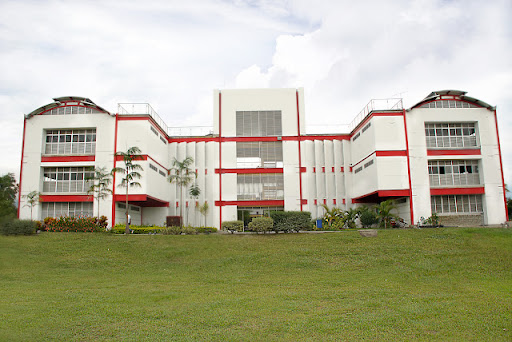
The Palmira campus has a long history. On September 15, 1986, it began teaching classes in classrooms borrowed from several local schools.
It then moved to a new building located in La Carbonera on June 11, 2009.
Professors Quintero and Martinez are linked to the Academic Program of Food Technology and Agro-environmental Technology there and their Research Group on Sustainable Socio-Ecological Systems, founded in 2008, is categorized A1 (the highest of the Ministry of Science of Colombia) and are based at the Palmira Campus.
This article originally appeared on the Faculty of Engineering (Universidad del Valle) website here and was reproduced with permission. It is authored by Andrew James (NCC/Univalle).


